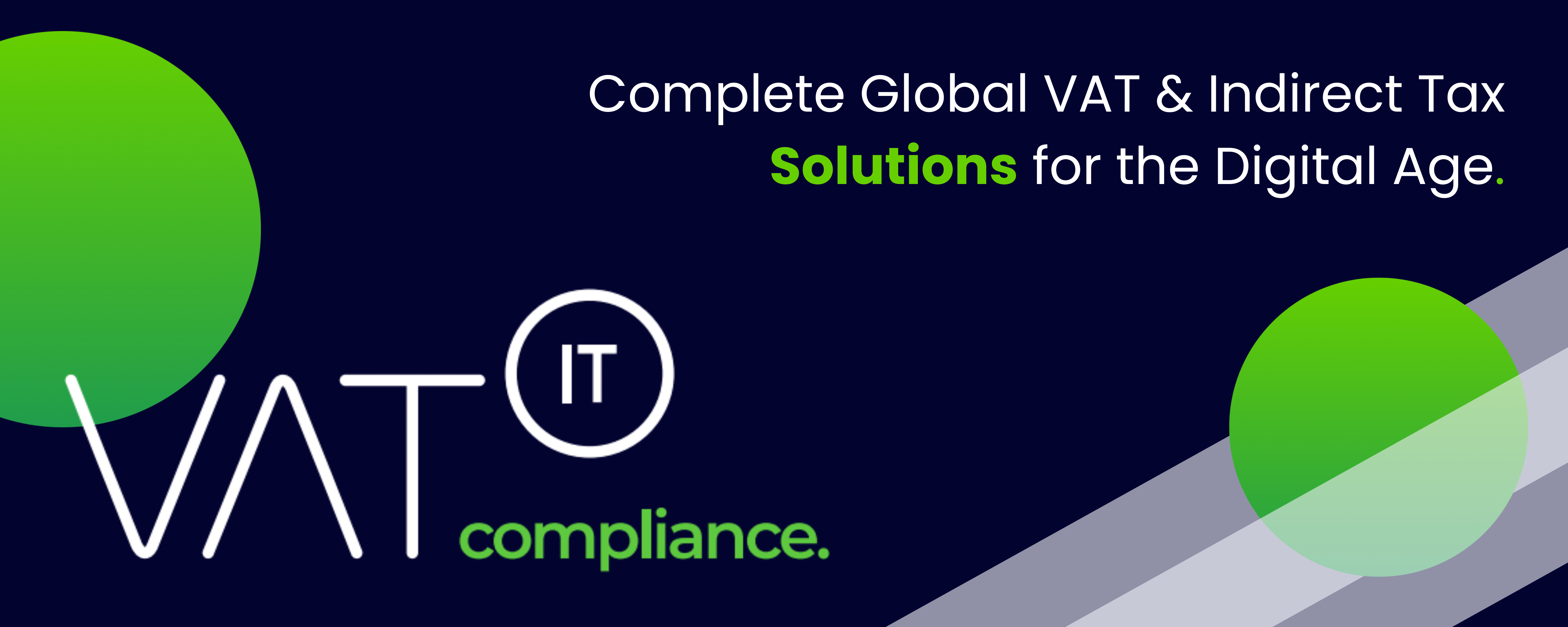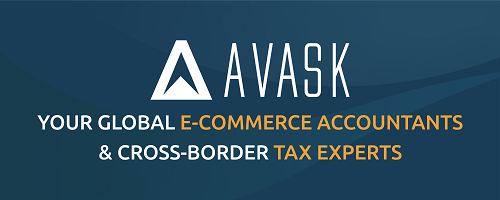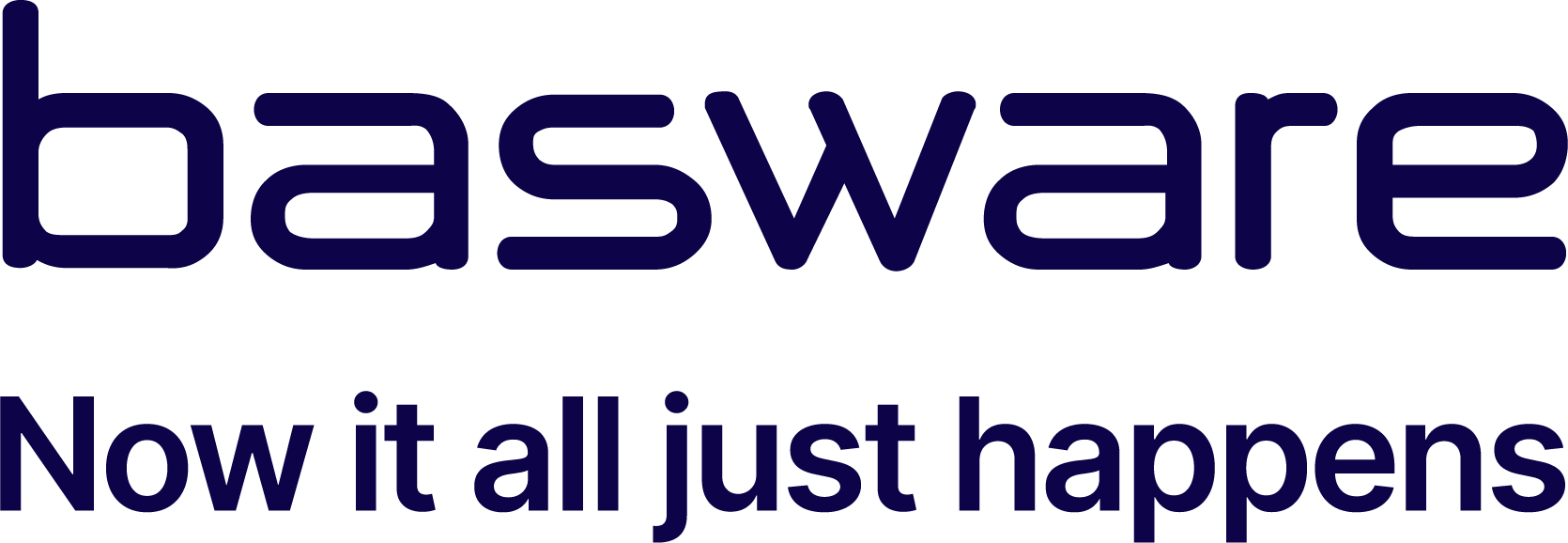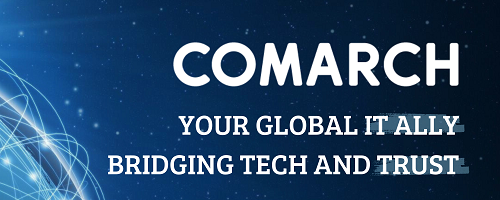- E-invoicing is the exchange of invoice documents between a supplier and a customer in a structured digital format
- The process involves creating an invoice using specialized software and transmitting it electronically to the customer’s system
- Benefits include increased efficiency, reduced processing times, and potential for faster payments
- Challenges include initial costs, training employees, and ensuring compliance with standards and regulations
- In the UK, e-invoicing is voluntary for most businesses but mandatory for transactions with public bodies
- E-invoicing is gaining global traction, with over 80 countries already having e-invoicing mandates
- The EU is proposing an EU-wide mandate for real-time digital reporting for cross-border trade based on e-invoicing standardization
- The UK government plans to launch a consultation to gather input on how to support and encourage e-invoicing uptake
Source: icaew.com
Note that this post was (partially) written with the help of AI. It is always useful to review the original source material, and where needed to obtain (local) advice from a specialist.
Latest Posts in "United Kingdom"
- VAT Beginner’s Guide: Essential Basics for UK Business Registration and Rates
- When Do You Have to Charge Yourself VAT? Key Situations Explained
- Supreme Court Clarifies VAT Group Rules and Time of Supply Interplay
- Isle of Wight NHS Trust vs HMRC: VAT Exemption Dispute on Locum Medical Practitioners
- HMRC Guidance: How to correct VAT errors and make adjustments or claims (VAT Notice 700/45)















